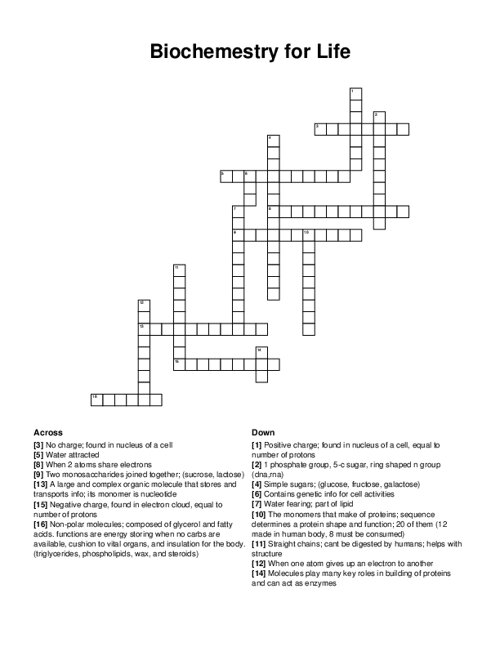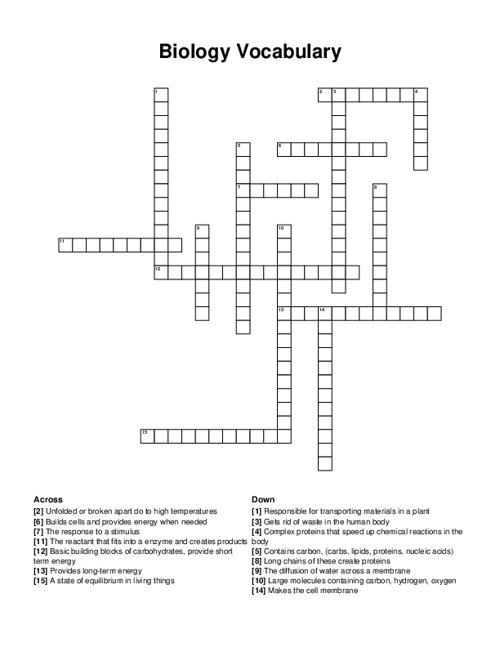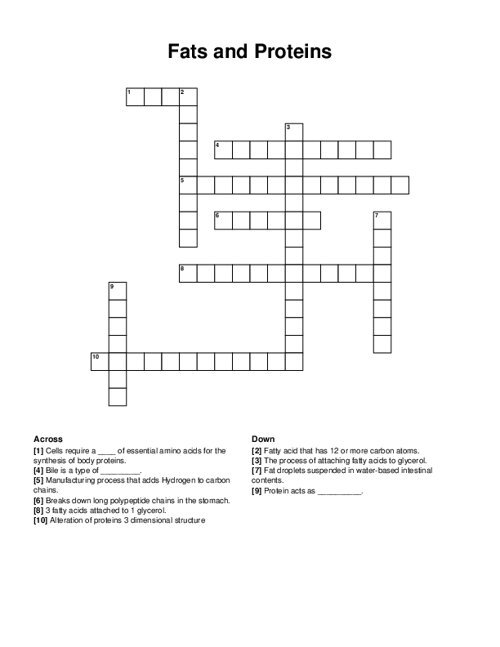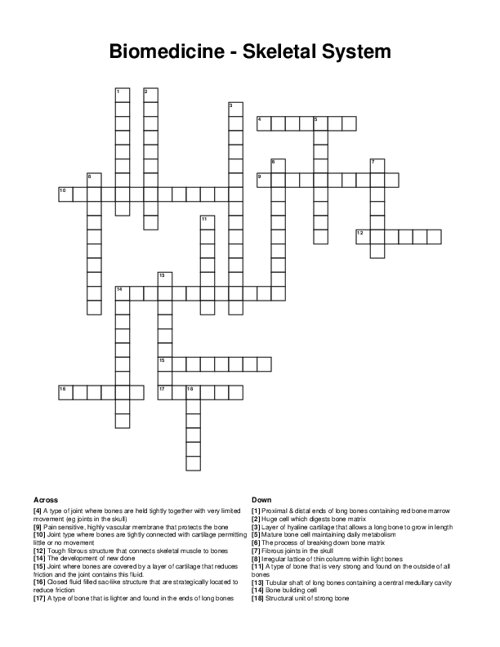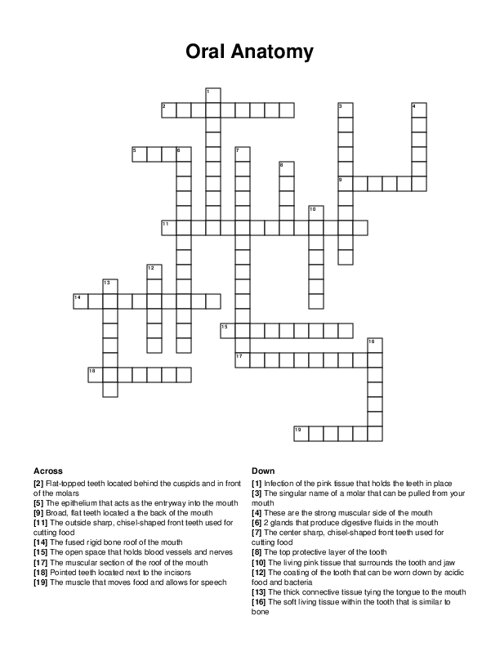Contamination Crossword Puzzle
Download and print this Contamination crossword puzzle.
Related puzzles:
QUESTIONS LIST:
- antibiotic: a treatment that is not very effective because it allows organisms to remain hidden and persist in culture for the majority of the time.
- quarantine: a process of isolating cell culture that is suspected of being contaminated or has not been tested
- permeable cups: using this method helps to minimize the risk of contamination, but still exposes the flask to a higher risk atmosphere than in a dry incubator
- cross-contamination: contamination from one cell line with another cell line due to the human error.
- laminar-flow hood: without proper use, this tool can allow non-sterile air into the room as well as the release of potentially biohazardous materials.
- sharing: a source of contamination by means of using the same medium, reagents, and pipettes for different cell lines
- sodium hypochlorite: a type of disinfectant required to get rid of contaminated culture.
- copper-lined: a type of incubator that can reduce fungus growth.
- mycelia: a mass of hyphae produced by fungi in thin filamentous form when microbial contamination occurs
- cloudiness: one of the characteristics of microbial contamination is the presence of _ in the medium.
- cryptic: a term used to describe the contaminant that is too small to be seen under a microscope or grows too slowly to be detected.
- immunostaining: a technique to detect viral infection by screening with a panel of antibodies.
- condensation: a process that allows fungal contamination by accumulating fungal contamination on the walls of a humid environment. this contamination forms every time the refrigerator and cold room doors are opened, admitting moist air
- shimmering: an indication that appeared under a 100x microscope objective when there is microbial contamination and caused by mobility of bacteria
- phase contrast: a type of microscopy technique that is preferable for determining whether a sample has been contaminated, as it allows bacteria to be visualized at magnifications ranging from 100x to 400x

